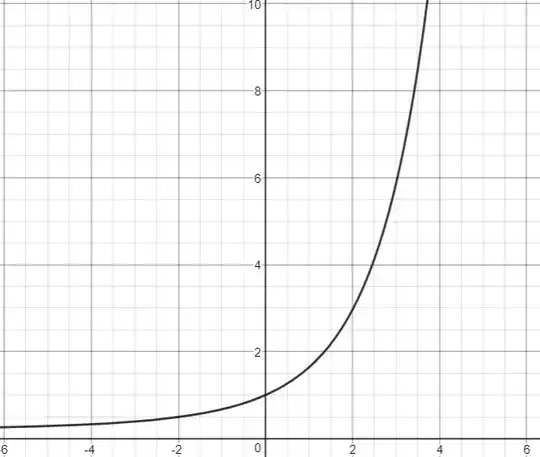Question
What is the asymptotic behavior of $$\sum_{n=1}^x\sigma_a(n)\sigma_b(n)$$
Where $\sigma_k=\sum_{d|n}d^k$
More generally I am curious if we can get bounds on $$\sum_{n=1}^x\prod_{i}\sigma_{k_i}(n)$$
Tools that I already have in my toolbox
I believe that $\sum_{n=1}^x \sigma_k \approx \frac{\zeta(k+1)}{k+1}x^{k+1}$
I have already encountered Abel's Summation which gives us a lot of power to make claims about the asymptotic behavior of sums.
Motivations: I would like to learn more about what tools are in the toolbox for handling $\sum AB$ when I know something about the $\sum A$ and the $\sum B$.
Some Efforts
I am not sure how much help my initial efforts are in tackling the main question of this post but here they are nonetheless. These efforts are related but I am starting with the simpler case of $a=b=1$ and seeing if I can make progress on that. I have made an investigation into $\sum_{n=1}^x (\frac{\sigma_1(n)}{n})^m \approx c_m x$ where $c_m$ varies in $m$. The motivation for exploring the asymptotic behavior of this particular fraction can be seen here. You can also find that $c_1=\pi^2/6$ by reading that post. Taking $m=2,a=1,b=1$ we find that $$\sum_{n=1}^x \frac{\sigma_a(n)\sigma_b(n)}{n^m}= \sum_{n=1}^x\bigg(\frac{\sigma_1(n)}{n}\bigg)^2 \approx c_2x\approx 2.8x$$
Pictured in the graph above is $c_m$ on the y-axis and $m$ on the x-axis. I haven't quite figured out what this function is exactly. So this is a related unsolved puzzle for me.
